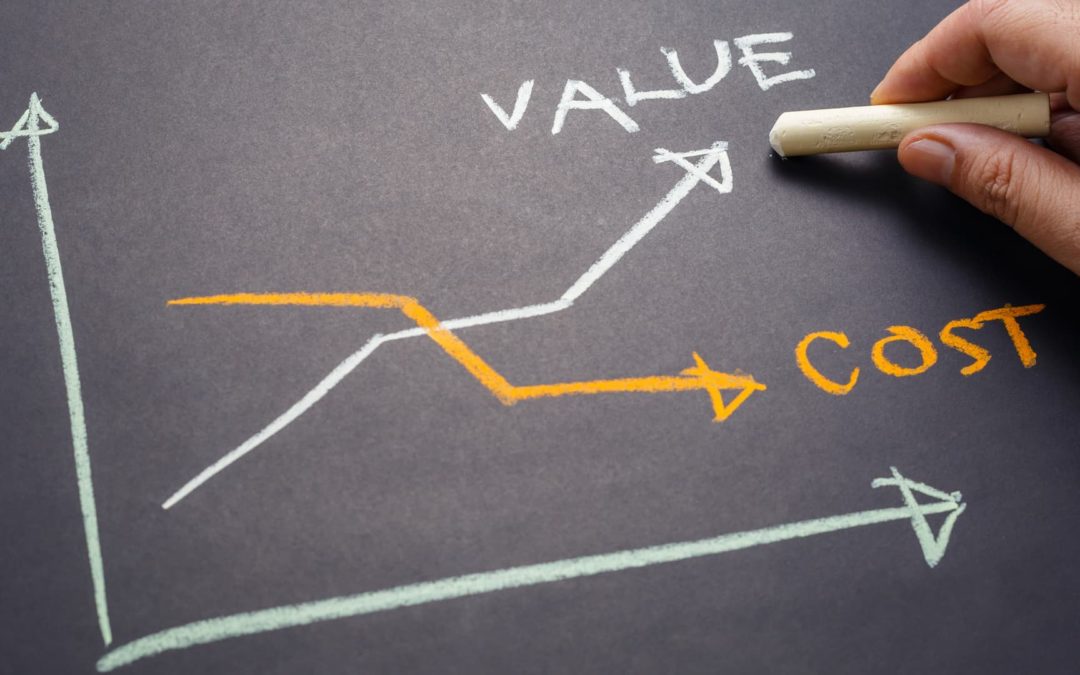With the right combination of people, processes, and digital technologies, companies are developing global supply chains that create high levels of value for their customers, suppliers, and themselves.
Historically considered cost centers or “necessary evils” that all product-oriented companies needed to be able to get their goods to market, supply chains have since proven themselves to be true value creators for their organizations. That is, if those companies understand what it takes to unlock that value and align their supply chains with their organization’s overall strategic value proposition.
For many, the global pandemic has been the wakeup call needed to force innovation on the supply chain front, and to get companies thinking harder about how to bring these networks into the 21st Century. In Rethinking Supply Chain as a Value Driver, digital transformation, strategy, technology, and operations expert Shubho Chatterjee discusses how COVID-19 forced a rethinking of the end-to-end supply chain, including both immediate suppliers and tiered networks.
“Digital capabilities are also accelerating the transformation of supply-chain business models,” Chatterjee writes. “Many retailers, suppliers, and OEMs have pivoted to services such as online order with store or curbside pick-up, direct fulfillment to stores, and pre-assembled fulfillment.”
Cost Center or Value Driver?
As part of the transformation that Chatterjee describes, companies are also viewing their supply chains as value drivers versus just cost centers. In defining what “value” actually looks and acts like in the real world, Chatterjee says it includes on-time deliveries of the right product with continuous shipment tracking and communication; synchronized fulfillment and returns; alerts along the supply chain for adverse events; and timely out-of-stock or delay notification to supply chain partners.
“To elevate to a value-driven supply chain, businesses need to think of their processes from beginning to end,” he explains. “When redesigning their supply chains, they should consider not only their internal functions, but other organizations and supplier networks and tiers as well.”
Making that happen requires an investment in processes, systems, and skills, all of which must converse to support good demand visibility across the entire supply chain.
Finally, he says technology should be deployed “to the maximum,” to support flexible demand planning, complete supply chain visibility, inventory visibility, labor scheduling, load balancing, returns management, and other important functions.
“Effective optimization of the entire supply chain is completely dependent on accurate demand and visibility across the network,” Chatterjee writes. “Any supplier at any level of the supply chain will be well positioned to meet the need if it’s able to see the demand and fluctuations for a planning time horizon.”
Some areas where supply chains deliver real value for their organizations include cash cycle management; inbound and outbound delivery management; cost and profit management; and end-to-end visibility of all related activities. These critical networks also generate valuable data, perform analytics, inform decision-making, and drive overall company performance.
Finally, the value-centric supply chain extends out to all customers, providers, and partners, all of which benefit from its status as a well-oiled machine. “A poor-functioning supply chain will be quickly recognized as compromising a business’ ability to survive,” Supply Chain Game Changer™ states. “A well-functioning supply chain can set you apart from your competitors and endear you in the eyes of your customers, stakeholders, and employees [while also] promoting and protecting your brand.”
Critical Value Centers for Success
Now more than ever, supply chains are becoming critical value centers for their organizations. In Supply Chain: An Engine of Post-Pandemic Growth, Accenture’s Oliver Wright writes about how entire supply chains are being configured and transformed into growth drivers. He says these supply chain models leverage “widespread digital connectivity and data-led intelligence to ensure the whole business is laser-focused on delivering consumer needs.”
Put simply, these advanced supply chains focus not on the products that they’re moving through the network, but rather on the customers that are receiving and using those goods. And while this may sound like a tectonic shift for the average company, Wright says technology can be a great enabler in making that goal a reality.
“Transforming a product-centered supply chain into a consumer-centric supply chain is a major undertaking,” he writes. “It means rethinking not only the configuration of the supply chain itself, but also its use of digital technologies, as well as its supporting operating model and ways of working.”
.jpg)
IntelliTrans’ Global Control Tower provides high levels of supply chain transparency; aggregates, completes, and enhances data from a variety of sources; offers visibility into and execution of different aspects of the supply chain; and generates data-driven alerts and analytics that ask deeper questions and deliver meaningful insights.
By leveraging tracking information, the Global Control Tower provides analytics that measures key performance indicators (KPIs) like fleet cycle time, origin/destination dwell time, lane and hauler performance, back orders, freight spend, load optimization, and more. With their rate, equipment, lease, tracking, and invoice data in a central repository that’s accessible 24/7, companies can position themselves for success in any market conditions.

